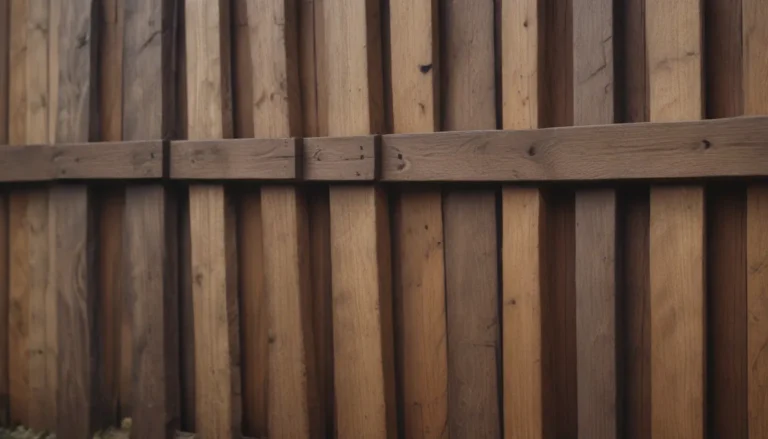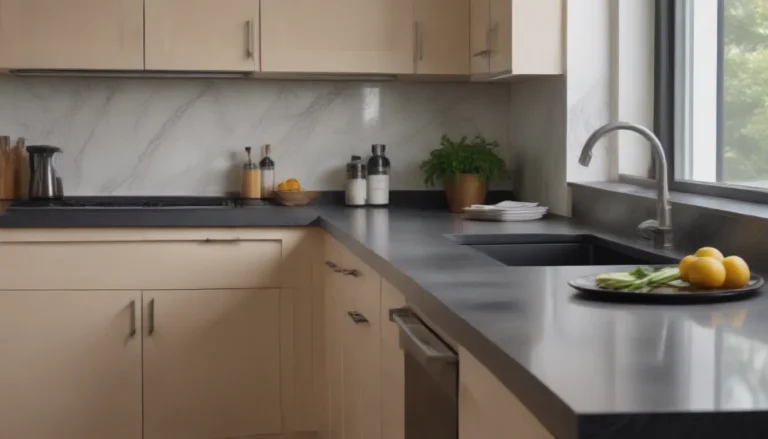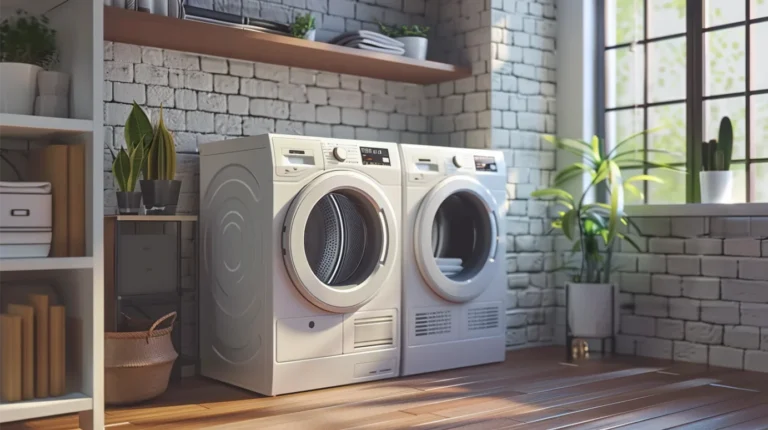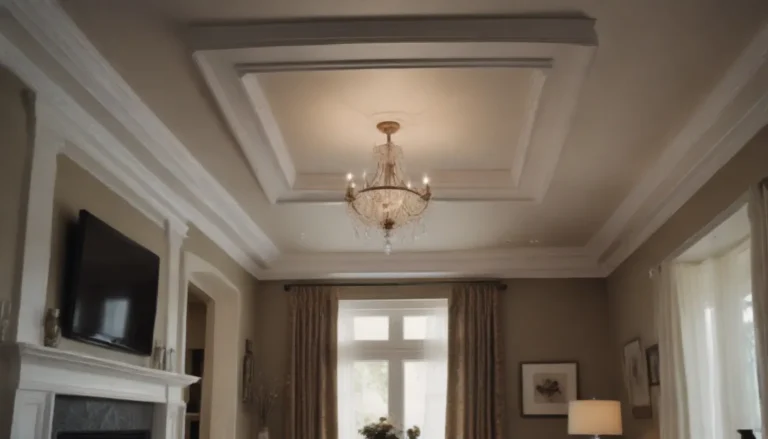Soundproof Interior Doors: A Complete Guide to Enhance Your Home’s Acoustics
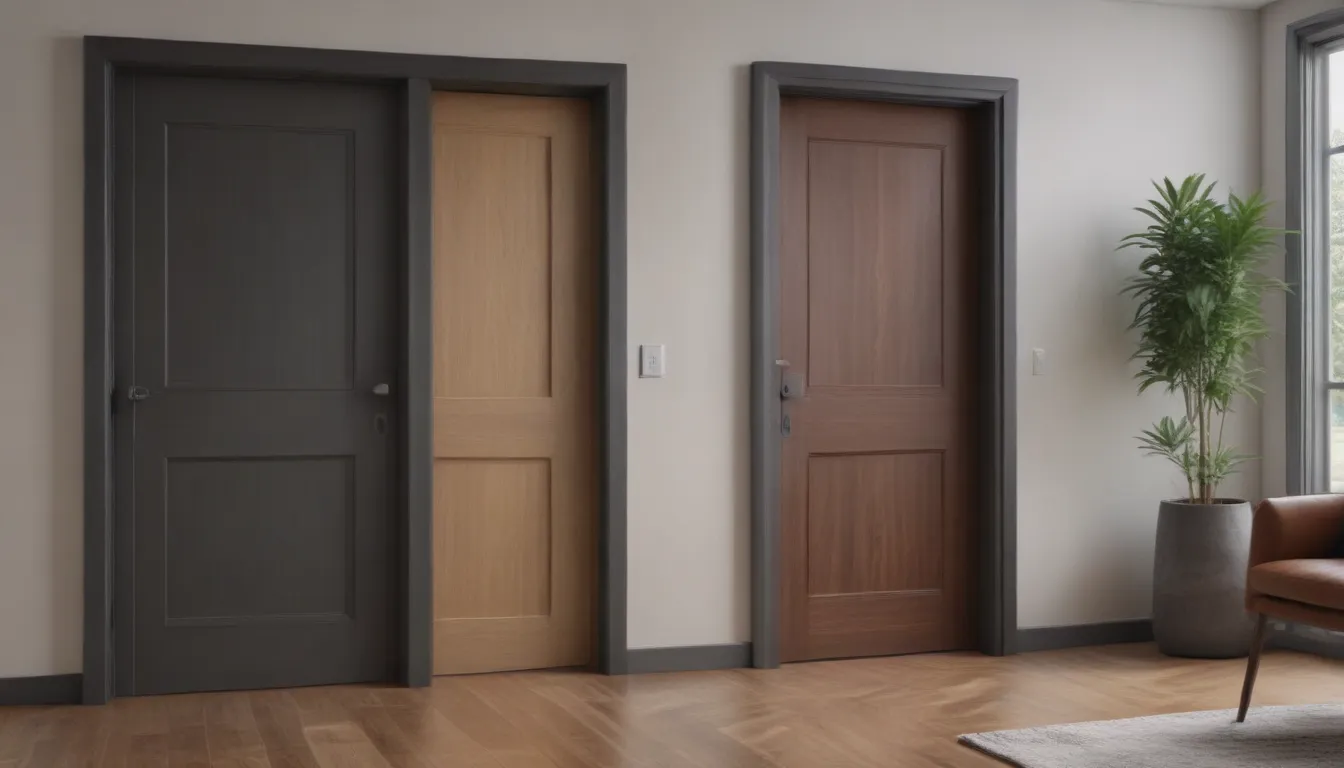
Are you tired of hearing every little noise from room to room in your home? Do you want to create a peaceful, quiet environment where you can relax and unwind? Soundproofing your interior doors may be the solution you’ve been looking for. In this comprehensive guide, we will explore everything you need to know before you buy soundproof interior doors. From different options to tips for installation, we’ve got you covered.
Why Soundproof Interior Doors Matter
Sound transmission within a house can be a real nuisance. Whether it’s the TV blaring in the living room or a loud conversation in the bedroom, unwanted noise can disrupt your peace and quiet. While many people focus on soundproofing walls and windows, the impact of interior doors on noise transmission is often underestimated. With soundproof interior doors, you can significantly reduce the transmission of sound from room to room, creating a more peaceful and serene environment in your home.
Soundproof Interior Door Options
When it comes to soundproofing your interior doors, you have several options to choose from. Here are some of the most popular choices and their benefits:
- Solid Composite Interior Door: Made from a slurry of wood fiber and polyurethane resins, solid composite interior doors offer excellent insulation against sound. They are a great alternative to standard hollow-core doors, providing up to 70% more material for soundproofing.
Tip: Solid doors are heavier than hollow-core doors, so make sure to use hinges with longer, sturdier screws to support the weight.
-
Solid Wood Barn Door: This barn-style door slides on a track mounted above the door frame, reducing surface contact with the wall and minimizing sound transmission. It’s a stylish and effective option for soundproofing interior spaces.
-
Enhanced Hollow Core Door: If budget is a concern, you can enhance the soundproofing of standard hollow-core doors by adding additional insulation and soundproofing materials. While not as effective as solid doors, this option can still make a noticeable difference in reducing noise transmission.
Tips for Soundproofing Your Interior Doors
In addition to choosing the right type of door, there are other steps you can take to maximize the soundproofing effectiveness of your interior doors:
-
Add a double layer of drywall: By adding a double layer of drywall on both sides of an insulated shared wall, you can further reduce sound transmission between rooms.
-
Install soft materials: Consider adding wall-to-wall carpeting, runners, or area rugs to absorb sound and minimize echo in your home.
-
Consider STC Ratings: Sound Transmission Class (STC) ratings provide a measure of the acoustical performance of doors and walls. Higher STC values indicate better soundproofing capabilities. When choosing interior doors, look for options with higher STC ratings to maximize noise reduction.
Understanding the Basics of Sound Transmission in a House
Sound transmission within a house is influenced by various factors, including the construction of walls, doors, and other household materials. Understanding the basics of sound transmission can help you make informed decisions when soundproofing your home.
- STC Ratings for Doors and Walls: STC ratings are used to measure the ability of doors, walls, and other materials to resist sound transmission. Higher STC values indicate better soundproofing capabilities. When soundproofing your interior doors, look for options with higher STC ratings to achieve optimal noise reduction.
Conclusion
Soundproofing your interior doors can significantly improve the acoustics of your home, creating a peaceful and serene environment where you can relax and unwind. By choosing the right type of door, implementing soundproofing techniques, and considering STC ratings, you can effectively reduce noise transmission between rooms and enjoy a quieter living space. With the tips and information provided in this guide, you are ready to take the next steps towards enhancing the soundproofing of your home.


